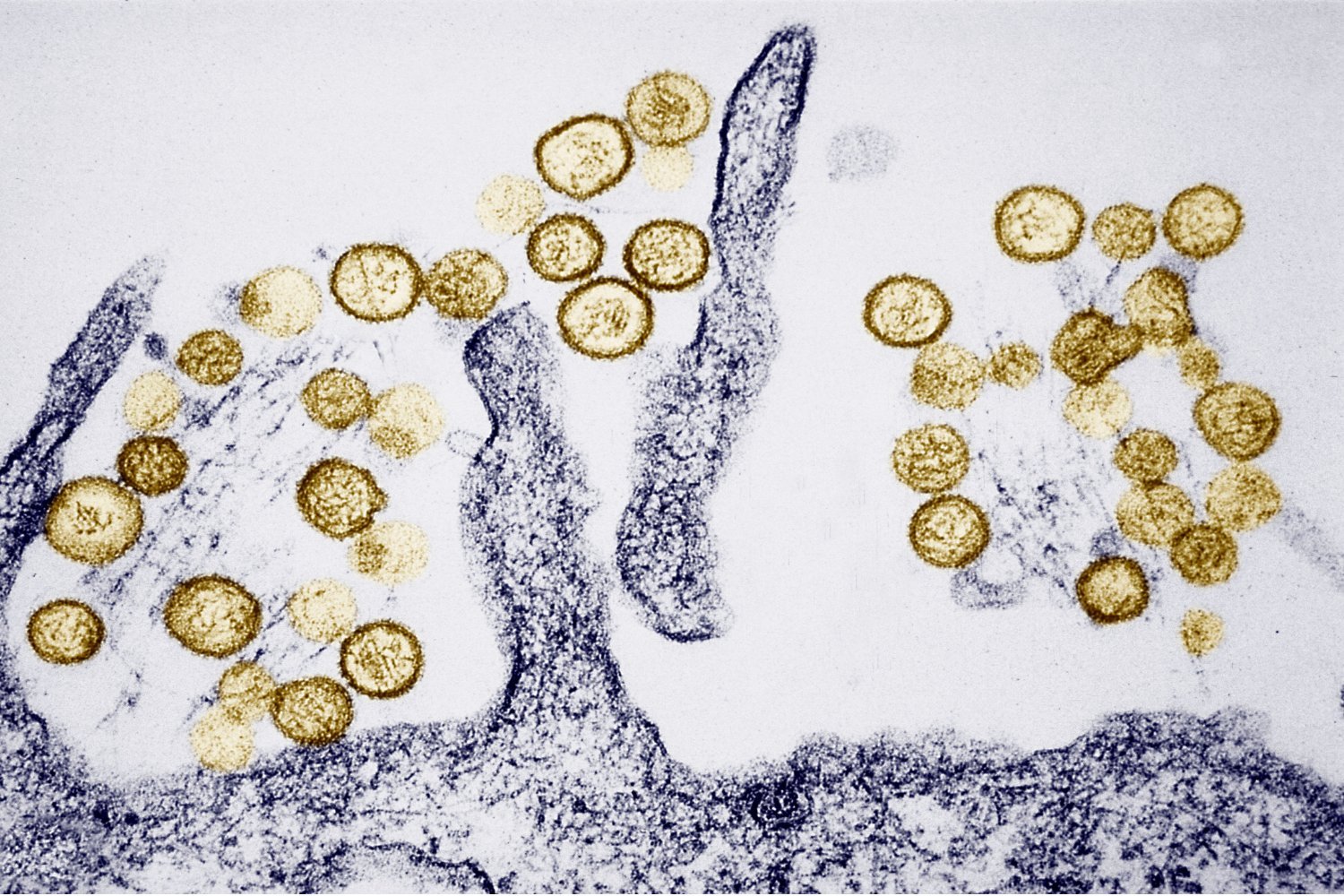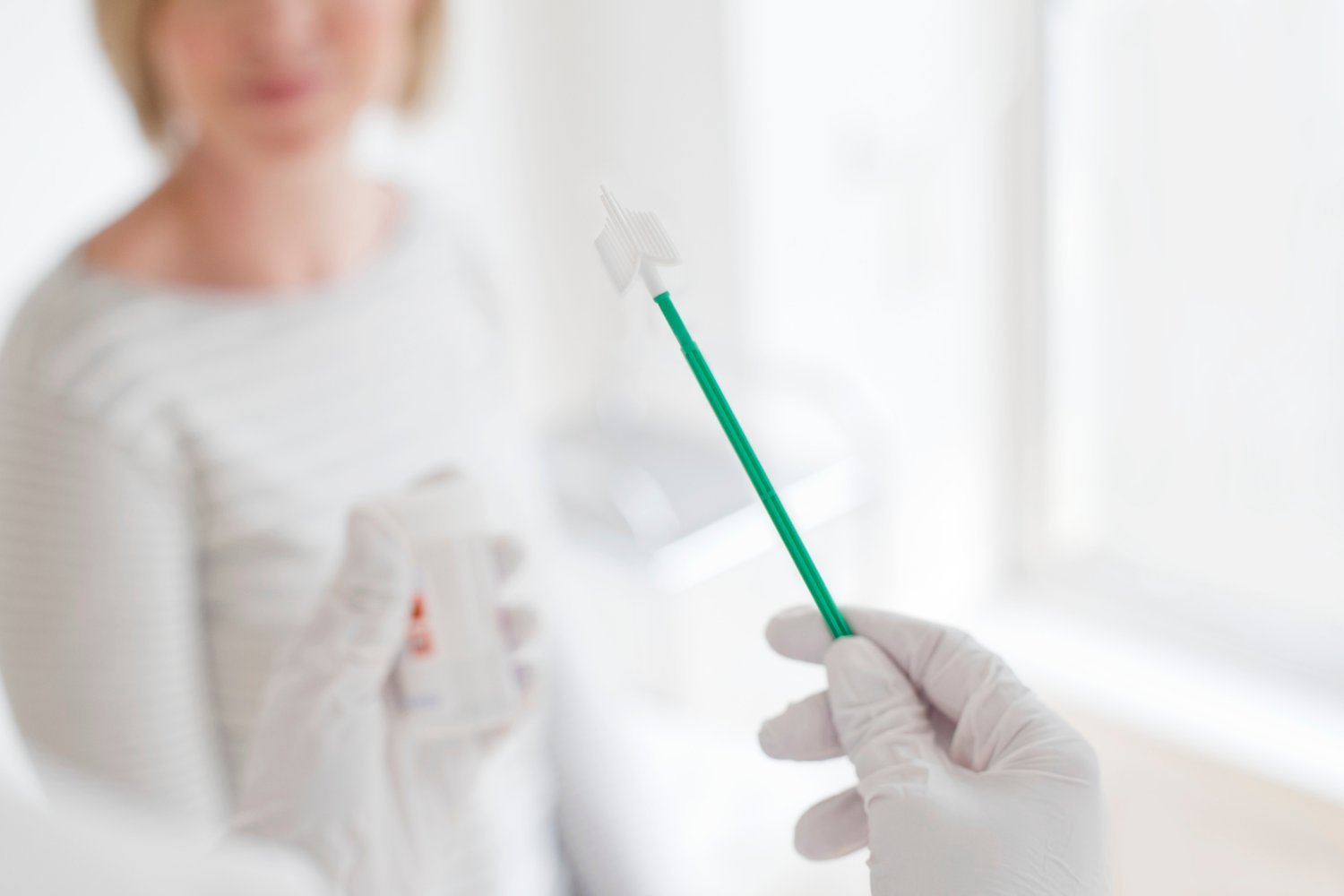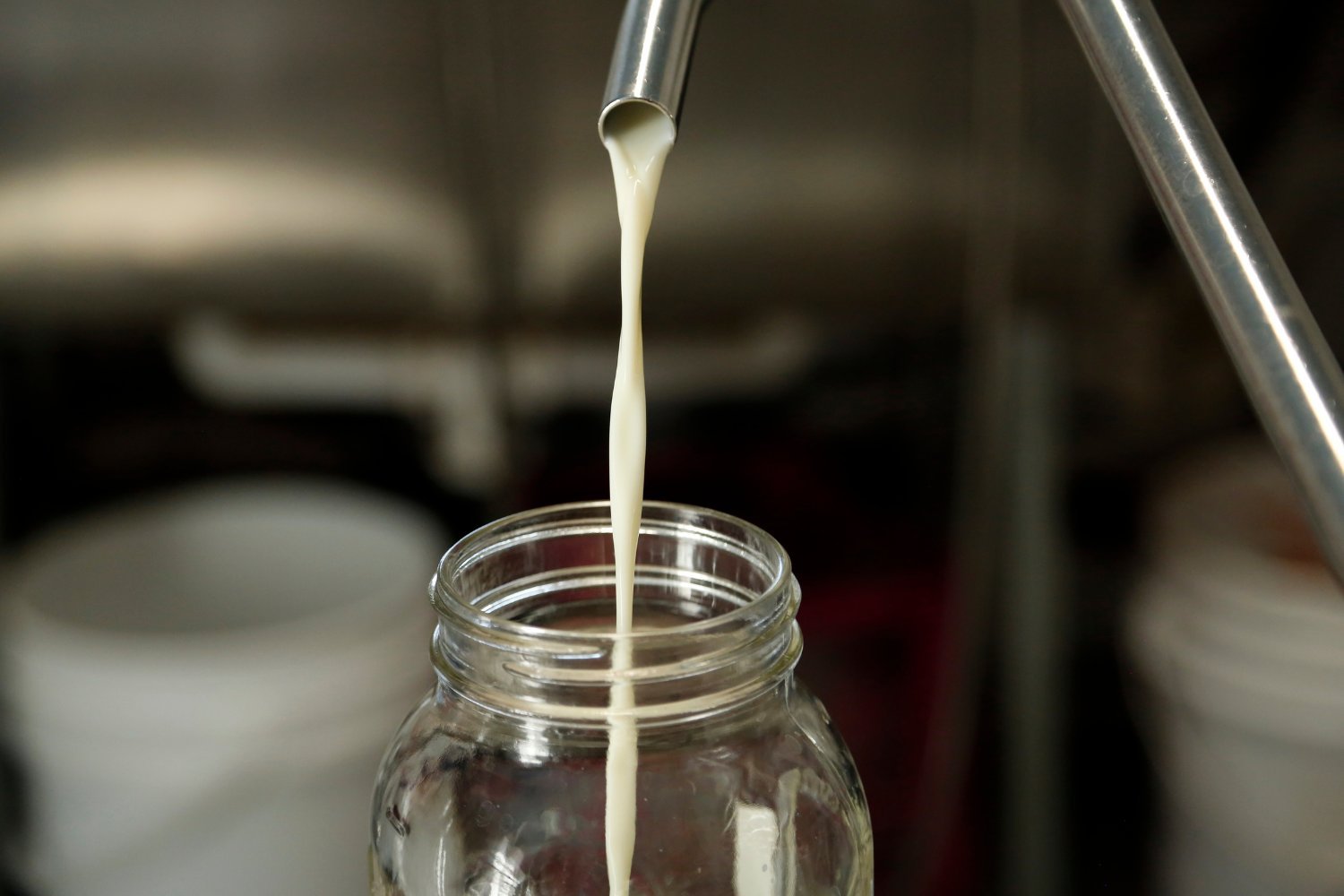The Queensland Public Health Virology Laboratory, a state-run facility in Australia, has confirmed a significant biosecurity breach involving the misplacement of over 300 virus samples. This incident, which occurred in 2021 but was only discovered in August 2023, involved potentially dangerous pathogens, including hantavirus, Hendra virus, and lyssavirus.
Health Minister Tim Nicholls addressed the public, assuring them that despite the severity of the breach, there is currently no evidence of any risk to the community. The government is actively investigating the incident to determine the cause and prevent future occurrences. The investigation will also examine why the missing samples went unnoticed for over two years.
Lost Virus Samples: A Cause for Concern?
The missing samples contained viruses primarily transmitted through animal contact and capable of causing severe, life-threatening illnesses. Hendra virus is naturally found in flying fox bats, hantavirus is typically associated with rodents, and lyssaviruses, including the rabies virus, are often found in bats.
The incident appears to be linked to a freezer malfunction where the samples were stored. It remains unclear whether the samples were relocated and subsequently lost or if they were destroyed without proper documentation. “It’s this part of the transfer of those materials that is causing concern,” stated Minister Nicholls.
Despite the potential risks associated with these viruses, officials believe the likelihood of public exposure is low. No cases of Hendra or lyssavirus have been reported in the region for the past five years, and there has never been a recorded case of hantavirus. Furthermore, according to Chief Health Officer John Gerrard, these viruses degrade rapidly outside of low-temperature freezers, rendering them non-infectious. “It’s difficult to conceive of a scenario whereby the public could be at risk,” he added.
The Importance of Biosecurity and Lab Safety
While the current risk seems minimal, the incident raises concerns about biosecurity protocols and the potential consequences of mishandling dangerous pathogens. Although rare, historical incidents of misplaced or mishandled germ samples have resulted in serious outbreaks. Some experts even suggest that the recent COVID-19 pandemic may have originated from a laboratory leak.
This incident underscores the critical need for stringent laboratory safety procedures and robust tracking mechanisms for potentially hazardous materials. The Queensland government’s investigation aims to shed light on the circumstances surrounding the breach and implement measures to prevent future incidents. Minister Nicholls emphasized the importance of this investigation, stating, “With such a serious breach of biosecurity protocols and infectious virus samples potentially missing, Queensland Health must investigate what occurred and how to prevent it from happening again.”
Conclusion: Lessons Learned and Future Prevention
The misplacement of viral samples at the Queensland Public Health Virology Laboratory highlights the importance of robust biosecurity measures in research facilities. While the immediate risk to the public appears to be low, the incident underscores the necessity for thorough investigations, improved protocols, and greater transparency in the handling of potentially dangerous pathogens. The ongoing investigation will be crucial in determining the exact circumstances of the breach and preventing similar incidents in the future.











